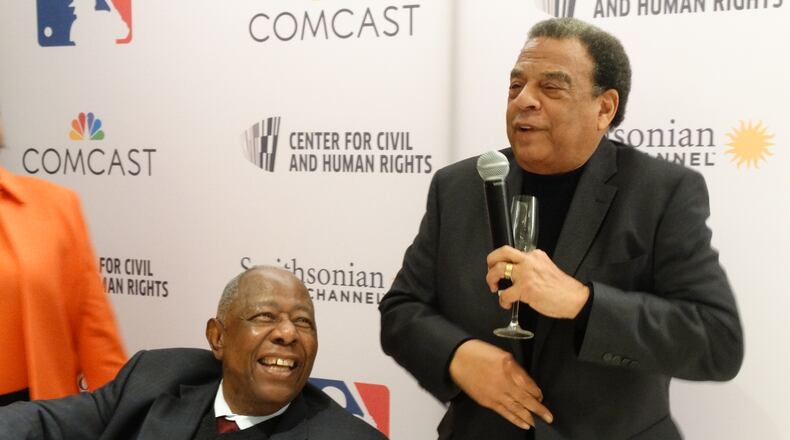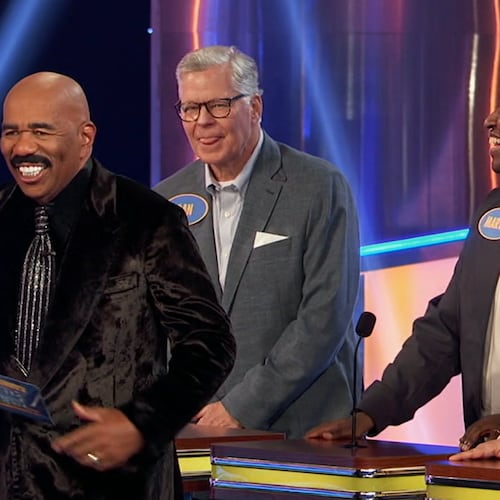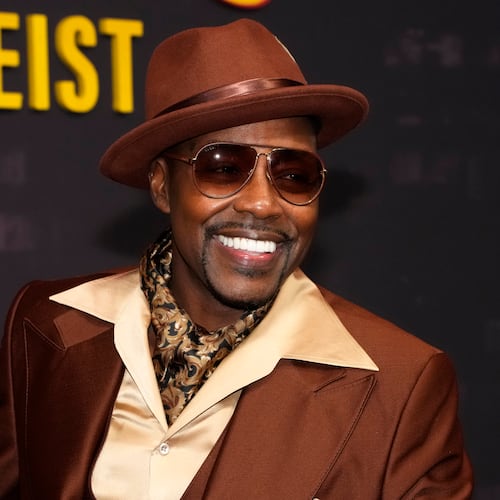By RODNEY HO/ rho@ajc.com, originally filed Friday, February 26, 2016
Hank Aaron breaking Babe Ruth's home run record more than four decades ago is now considered a shining beacon of Atlanta sports history.
But getting there was no easy task for the soft-spoken but determined Mobile, Ala. native.
Aaron's arduous journey is chronicled as part of a new Smithsonian Channel series "Major League Legends." The other three featured are Ruth, Lou Gehrig and Ted Williams. His episode airs Monday at 8 p.m. and 11 p.m. (A clip is available here.)
"We consider the four of them the Mount Rushmore of baseball," said Charles Poe, senior vice president of production at Smithsonian Networks.
The 82-year-old Atlantan is the only one still alive and the Smithsonian invited him earlier this month to view the documentary at the National Center for Civil and Human Rights on his birthday. Former Atlanta mayor Andrew Young feted him.
"I'm quite proud," said Aaron before screening the documentary, which was narrated by Martin Sheen. "Over 23 years, the important thing for me was to do the very best that I could do every single day… God gave me the ability to play baseball."
Indeed, he was one of the best who ever played the game, mostly with the Milwaukee and Atlanta Braves. But he was never one to boast.
“You wouldn’t know he had this fire inside of him,” Poe said. “That motivated him. He’s no grandstander. He did his job. In that, he was an incredible inspiration.”
The documentarians deliberately avoided many of the obvious baseball experts of our time such as George Will. Instead, they broadened the scope of the series to tie Aaron in with the swirling civil rights changes going on around him.
“We wanted to connect these baseball players to deeper stories of heroism and mythology,” Poe said.
So they brought in writer and film-maker Phil Cousineau, described on the program as a "mythologist." Heroes, Cousineau said, are "tested by time, been tested by great pain. Show us how to move, to change injustice into justice through courage."
Over the hour, a blacksmith visually pounds away as a metaphor for Aaron swatting home run after home run, year after year. (Aaron’s nickname was “Hammerin’ Hank.”) As he closed in on Ruth’s home-run record, the racists came out en masse.
At the time, there was no Twitter or Facebook. So Aaron received letters: a whopping 990,000 in one year. While most were supportive, the documentary samples a few of the negative ones and they are vicious, threatening him and his family with their lives. The FBI was even brought in to protect his daughter.
The spotlight was not an easy place for Aaron to be. He said he was relieved when he broke the record and people moved on.
“I didn’t decide to take on his record,” Aaron said in the doc. “That record was not part of what I wanted to be about.”
Yet it ultimately was.
Visually, the documentary also placed photos and videos against interesting backdrops: Aaron’s childhood home, the parking lot where Atlanta-Fulton County Stadium used to reside (and still has the outlines of the baseball field embedded in the asphalt) and the civil rights museum itself.
Poe said he was thrilled Aaron was willing to cooperate, interviewed at his old home in Mobile, now part of a museum in his honor. “We captured some real emotions in him,” Poe said. “He’s probably spent decades being guarded about this stuff.”
TV PREVIEW
"Major League Legends: Hank Aaron," 8 p.m. Monday, February 29, Smithsonian Channel
About the Author
Keep Reading
The Latest
Featured




